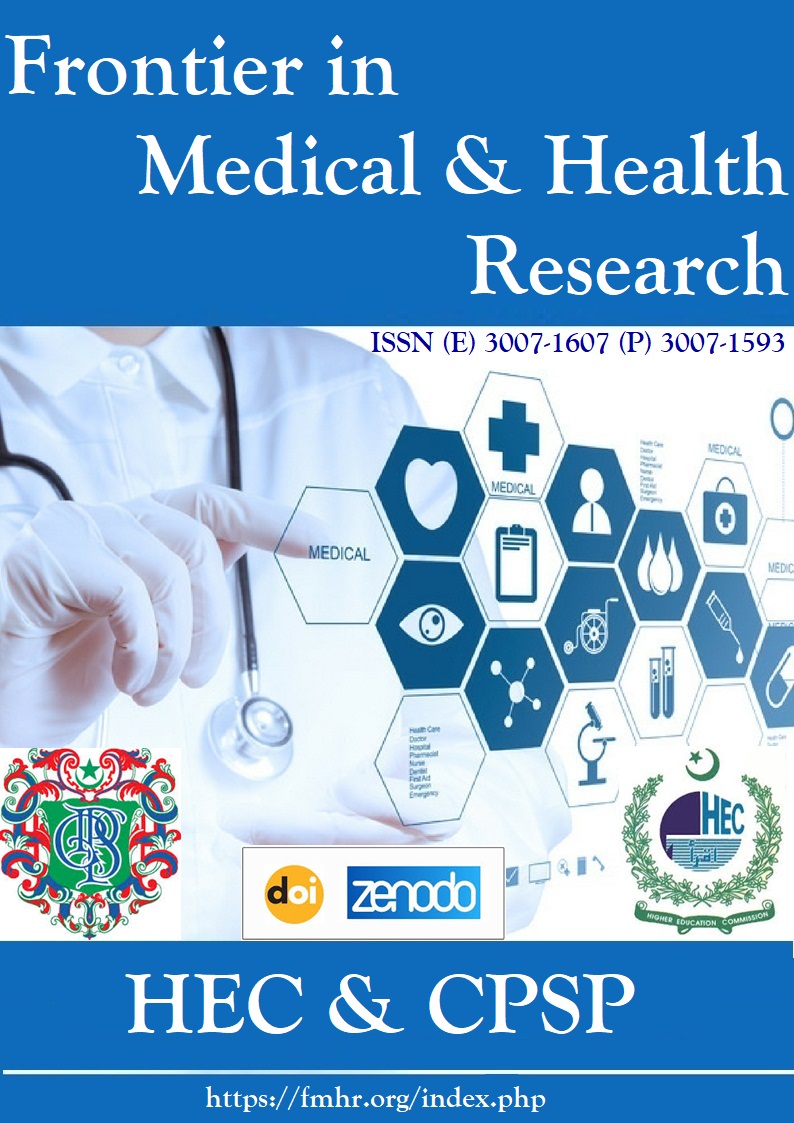Abstract
Background: Bronchiolitis represents one of the most common lower respiratory tract infections among infants and young children. Nebulized hypertonic saline (HS) has been investigated as an adjunct therapy because of its potential to decrease mucosal edema, enhance mucociliary clearance, and promote quicker recovery. Objective: To evaluate and compare the therapeutic effects of 7% HS and 3% HS in infants hospitalized with acute bronchiolitis. Methods: A randomized controlled trial was conducted in the Pediatric Medicine Department of Government Teaching Hospital, Shahdara, Lahore, from September 2024 to March 2025. The study was conducted on children aged 2–24 months diagnosed clinically with bronchiolitis. Participants were randomly divided into two groups: Group A received 7% HS and Group B received 3% HS, administered via nebulization every eight hours in addition to standard supportive management. Primary outcomes were defined as clinical improvement at 72 hours and length of hospitalization. Data were analyzed using SPSS version 25.0, with statistical significance set at p ≤ 0.05. Results: Baseline demographic and clinical profiles did not differ significantly between groups. The 7% HS group demonstrated a significantly shorter average hospital stay compared with the 3% HS group. Improvement within 72 hours was also more frequently observed in the 7% HS group. Conclusion: Nebulization with 7% HS was more effective than 3% HS in reducing hospital stay in infants with bronchiolitis. Larger, multicenter studies are recommended to validate these results and refine treatment guidelines.
